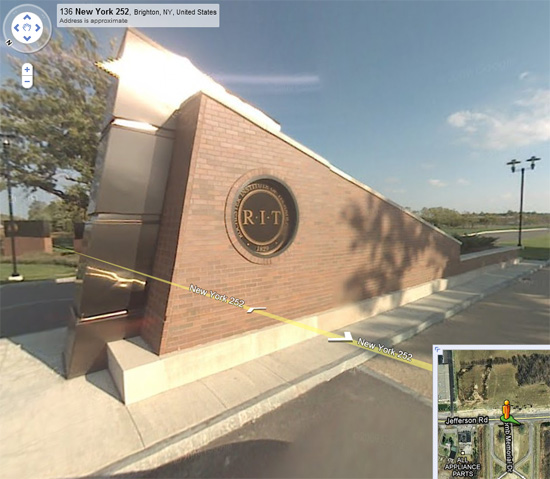 While members of the European Union continue to whine about Google’s omnipresent Street View vans cataloging people at their best, ambitious students, bike riders and zoogoers were rallying to get their favorite spots included on the service. After months of voting, Google announced on Monday a list of pedestrian destinations that will appear courtesy of the relatively new Google trike.
While members of the European Union continue to whine about Google’s omnipresent Street View vans cataloging people at their best, ambitious students, bike riders and zoogoers were rallying to get their favorite spots included on the service. After months of voting, Google announced on Monday a list of pedestrian destinations that will appear courtesy of the relatively new Google trike.
The Rochester Institute of Technology in New York will become the first-ever college campus cataloged on Street View after tallying 70,000 votes, to be joined by Boulder Creek Path in Colorado, Faneuil Hall Marketplace in Boston, the National Mall in Washington, D.C., and the Detroit Zoo.
All in all, Google collected 238,000 votes to whittle the original list of 24 locations down to the final five.
This isn’t the first time Google has gone off-road to capture Street View images. Just last month, the company famously attached its 360-degree cameras to snowmobiles to comb the slopes of Vancouver’s Whistler Blackcomb Mountains prior to the 2010 Winter Olympics. The Street View trike has also been deployed in other locations too narrow to bring the van, including Legoland California.



